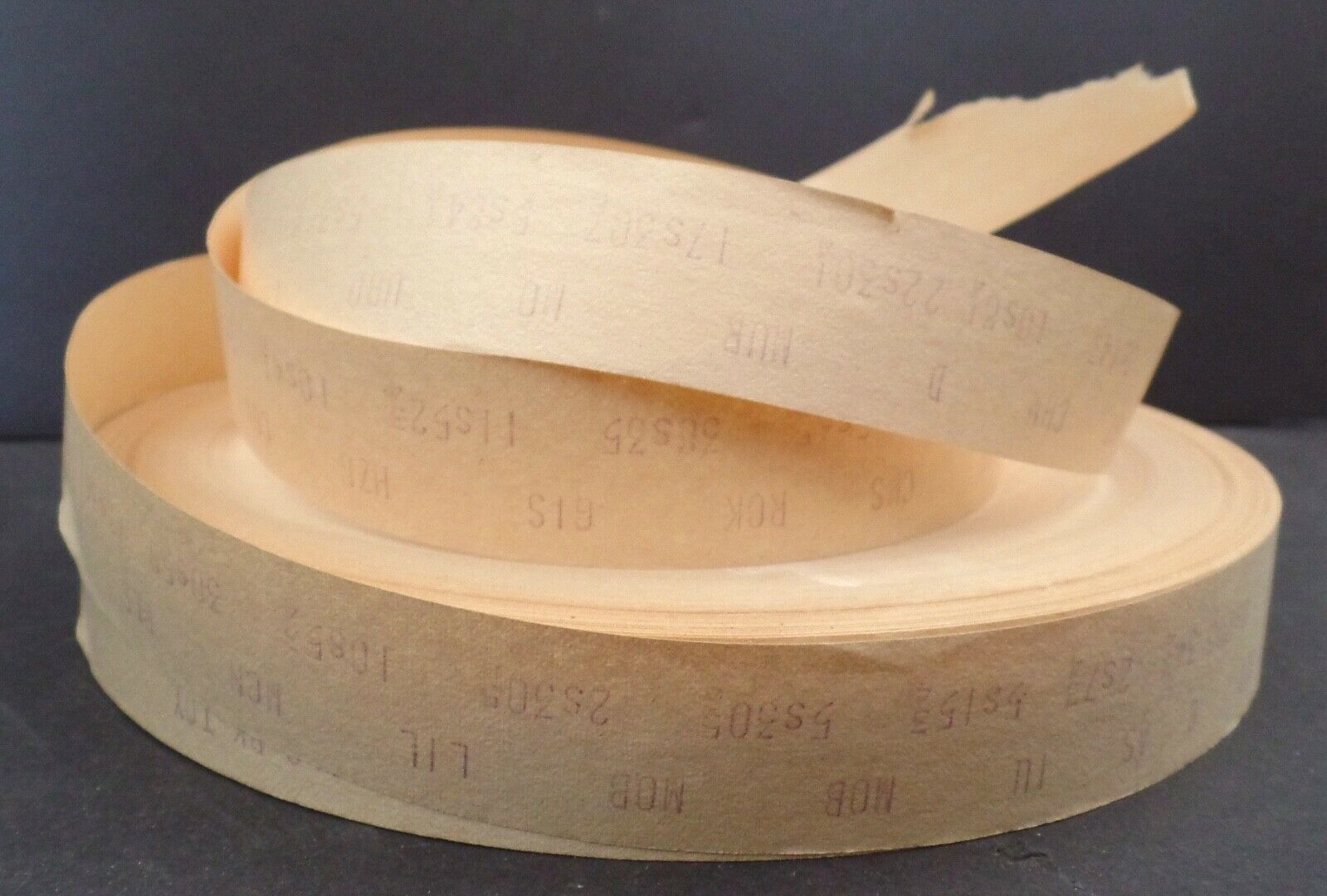
:max_bytes(150000):strip_icc()/__opt__aboutcom__coeus__resources__content_migration__treehugger__images__2012__04__5-62808b96d31247649f67703cb11f32fb.jpg)
However, fine‐grained qualitative analysis of features of her talk (e.g., use of a variety of bids and hedges) demonstrated Selena's persistent desire to share ideas, even though the intellectual merits of those ideas went largely unacknowledged. Quantitative analysis showed that, over time, Selena spoke more often and for longer. To address this challenge, we examine one Korean immigrant girl's (Selena) oral participation during an informal science learning program called Science Club. Yet, the task of documenting change in learners’ talk over time remains a major methodological challenge. Decades of prior research have carefully documented features, processes, and potential benefits and shortcomings of an emphasis on talk in science learning. Learners are expected to articulate, develop, and defend their ideas and respond to the ideas of others. Visions of Next Generation Science Standards‐aligned instruction place high discursive demands on learners. The result show that student-centered discussion model will be more effective to be applied in learning with LKPD. LKPD is applied to two classes through different discussion models. Physical comics provide basic information about physics concepts and give a good impression to motivate student learning. The systematic learning process using LKPD is proven to promote deep learning and can train students’ high-level thinking skills.

In-depth questions integrated in LKPD provide a stimulus for thinking of students so that they practice high-level thinking skills and gain depth in learning. In addition, 4 activities in LKPD are arranged systematically through the most basic sub-questions to the high-level sub-questions. LKPD through deep questions approach consists of 4 sub-activities, where each activity contains the main sub-questions.

Comics Strip are written in LKPD to stimulate and provide information and basic concepts of optical devices to students. Comic strips were taken from the WHY Science Comics series? LIGHT AND SOUND. Student Worksheet (LKPD) was developed with comic strips and through integrating deep questions in them.


 0 kommentar(er)
0 kommentar(er)
